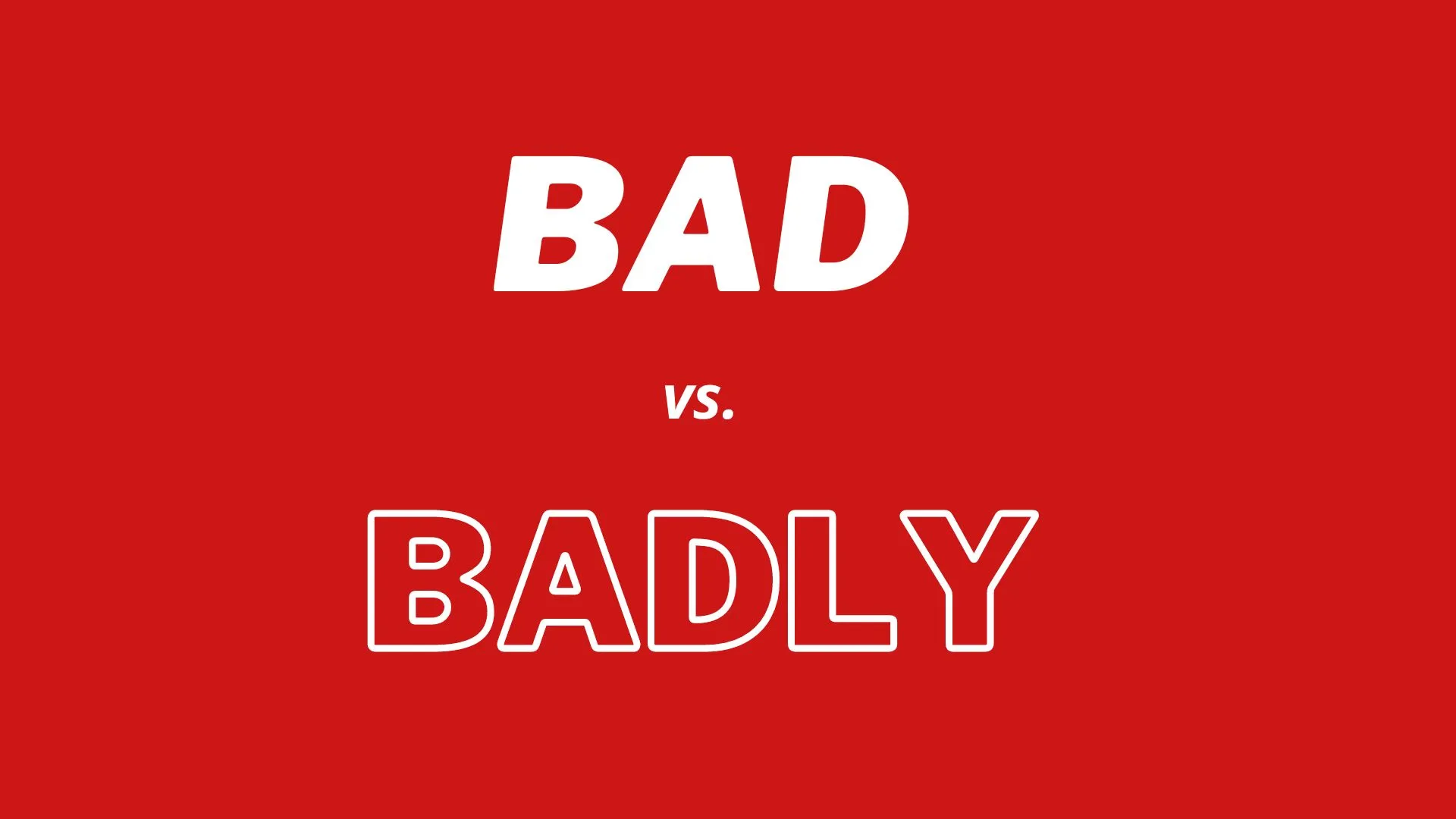

Confused about the difference between “bad” and “badly”? It can be difficult to understand the difference between these two words, but knowing when to use them correctly is important for writing and speaking correctly. This article will explore the difference between “bad” and “badly,” what they mean, and how to use them in sentences. Common mistakes to avoid and helpful tips for teaching adjectives and adverbs will also be provided to better understand the difference between these two words.
The main difference between “bad” and “badly” is that “bad” is an adjective, which means it is used to describe nouns, and “badly” is an adverb, which means it is used to modify verbs, adjectives, and other adverbs. To understand when to use each word correctly, it's important to understand the rules for using adjectives and adverbs first.
Adjectives are words that are used to describe nouns. They can describe how something looks, feels, tastes, smells, or sounds. Adjectives are always placed before the nouns that they are describing. For example:
Adverbs are words used to modify verbs, adjectives, and other adverbs. They can describe how something is done, how often something is done, or how something looks or feels. Adverbs are usually placed after the verb, adjective, or adverb they modify. For example:
Examples of “bad”
Examples of “badly”
|
Bad |
Badly |
|
An adjective used to modify nouns |
An adverb used to modify verbs, adjectives, and other adverbs |
|
Example: They had a bad day. |
Example: She danced badly. |
When it comes to understanding the difference between “bad” and “badly,” it's important to remember that “bad” is an adjective and “badly” is an adverb. One common mistake to avoid is using “bad” instead of “badly.” For example, instead of saying "He sang bad," it should be "He sang badly."
The second mistake to avoid is not using “bad” to modify verbs, adjectives, and other adverbs. For example, instead of saying "She behaves bad," it should be "She behaves badly."
Here is some advice to help teachers and parents when teaching the difference between “bad” and “badly.”
One helpful tip is to have the students or children practice using these two words in sentences. Have them come up with their own sentences, and then ask them to explain why they chose to use one word or the other. This is a great way to get them thinking about the difference between “bad” and “badly.”
Another helpful tip is to use games and activities to practice using these two words. Word association games, word puzzles, or even online quizzes can help students or children learn the difference.
Understanding the difference between “bad” and “badly” is an important part of mastering grammar. Knowing when to use each word correctly is essential for speaking and writing like a native English speaker.
Date: February 6th, 2023
 Rob
Rob